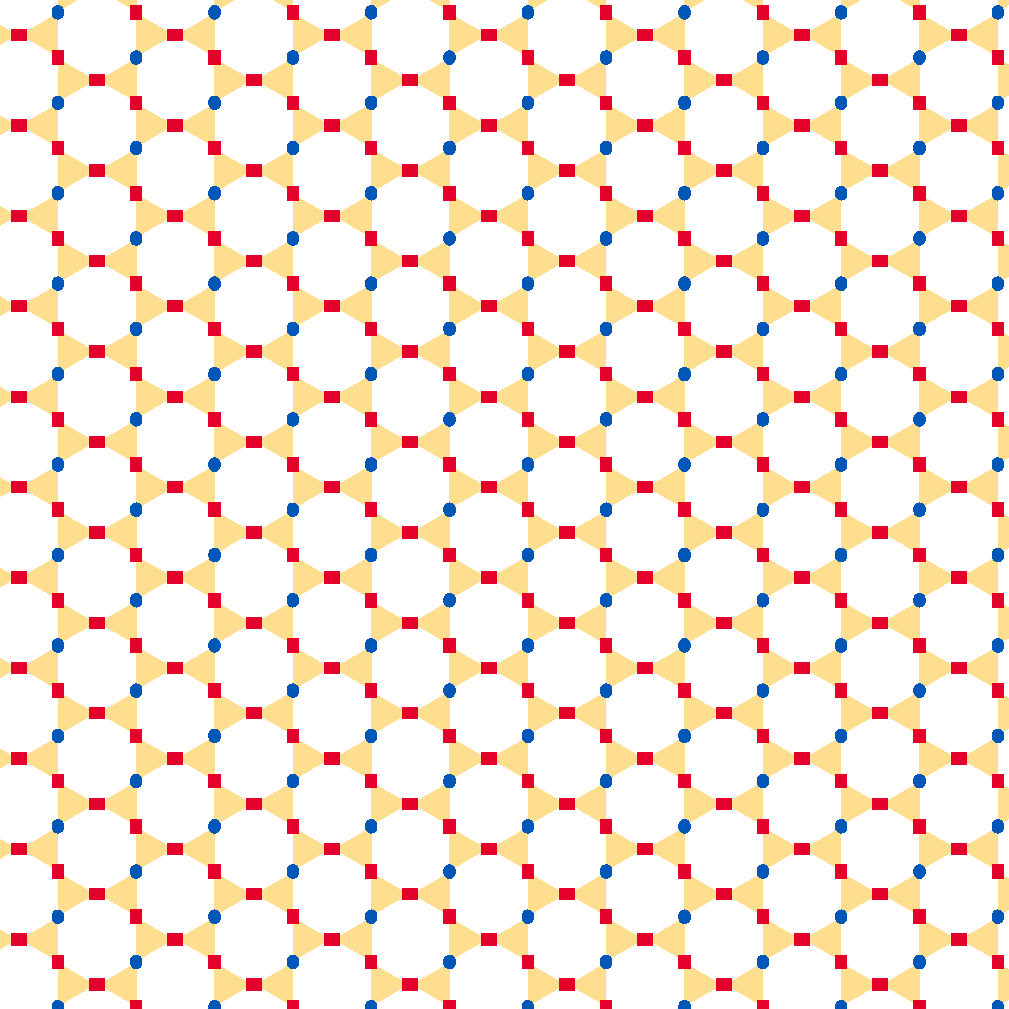Computational Design and Modeling of Semiconductor Biohybrids
- Program: Materials Science and Engineering
- Course: EN.510.434 MSE Senior Design
Project Description:
Traditional nanofabrication methods struggle to create complex 2D nanostructures due to their limitations in handling planar constraints and integrating diverse nanoscale components. Over the past two decades, self-assembly has gained prominence for its ability to hierarchically organize various materials—such as nanoparticles, metal-organic frameworks, polymers, and biomolecules—into precise nanostructures. Despite its progress, challenges remain in crafting accurately designed 2D architectures with specific organic-synthetic compositions.
This project leverages DNA as a programmable scaffold to overcome these hurdles. Building on foundational work by pioneers like Paul Rothemund, DNA voxels offer customization, precision, scalability, and tunability, which are crucial for advancing nanomaterial development for various applications. The project aims to create a crystalline 2D Kagome lattice, using a equilateral triangle structure that self-assembles into the desired morphology. By integrating light-absorbing enzymes and semiconductor particles through DNA-voxel scaffolding, this approach seeks to optimize the biohybrid semiconductor system’s energy absorption and conversion capabilities.



